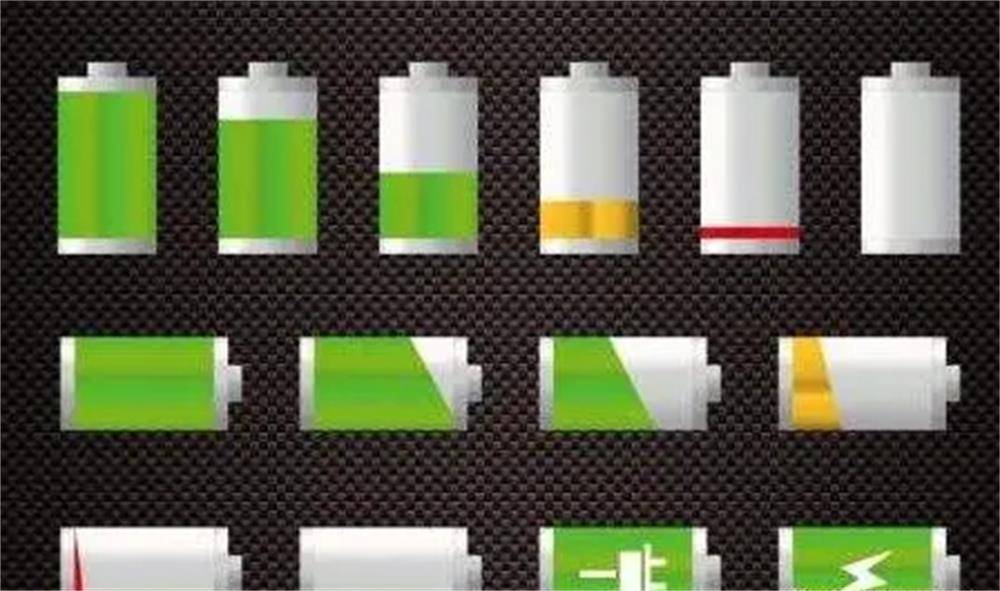 |
Welcome To Evlithium Best Store For Lithium Iron Phosphate (LiFePO4) Battery |
 |
The charging and discharging cycle of lithium-ion battery packs is a complex physical and chemical reaction process, and its cycle life influence factors are various. The following analyzes the factors that affect the cycle life of lithium-ion battery packs.

In the battery design process, the choice of materials is the most important factor. Different materials have different performance characteristics, and there are also gaps in the performance of the batteries developed. The cycle performance of the positive and negative materials is good, and the battery will have a long cycle life. Generally speaking, the capacity of the negative electrode is generally required to be excessive relative to that of the positive electrode during the design and assembly process. If it is not excessive, the negative electrode will precipitate lithium during the charging process, forming lithium dendrites, which affects safety. There is too much excess of the negative electrode relative to the positive electrode, the lithium ions in the positive electrode are going to ever detach, causing the structure to collapse.
The type and amount of electrolyte also affect the battery life. The manufacturing process of lithium-ion battery packs mainly includes positive and negative electrode ingredients, coating, sheeting, winding, shelling, liquid injection, sealing, forming, etc. In the battery processing process, the requirements for each step of the process are very strict. Any process that is not well controlled may affect the battery cycle performance.
The charge-discharge cycle of lithium-ion battery packs is a process in which lithium ions are deintercalated and moved back and forth between the positive and negative materials through the electrolyte. During the cycle of lithium-ion battery packs, in addition to oxidation-reduction reactions at the positive and negative electrodes, there are also a large number of side reactions. If the side reactions of lithium-ion batteries can be reduced to a low level, so that lithium ions can always smoothly go back and forth between the positive and negative materials through the electrolyte, the cycle life of lithium-ion batteries can be increased.
The nature of the positive and negative current collectors will also affect the capacity and cycle life of the battery. The commonly used current collector materials for the positive and negative electrodes of lithium-ion battery packs are aluminum and copper, both of which are corrosive metal materials. The formation of a passive film after the current collector is corroded, poor adhesion, local corrosion (pitting) and general corrosion will increase the internal resistance of the battery, resulting in a loss of capacity and a decrease in discharge efficiency. The adhesion and corrosion resistance can be enhanced by pretreatment methods such as acid-alkali etching and conductive coating.
The use process of lithium-ion battery packs is the process of charge and discharge cycles. The size of charge and discharge current, the choice of charge and discharge cut-off voltage, and which charge and discharge method to use, etc. charge and discharge systems also have a very important impact on the cycle life of lithium-ion batteries. . Blindly increasing the working current of the battery, adding a new charge cut-off voltage, lowering the discharge cut-off voltage, etc. will degrade the performance of the lithium-ion battery pack.
Different electrochemical systems have different charge-discharge cut-off voltages. During the charging process of the lithium-ion battery, when the charge cut-off voltage is exceeded, it is considered that an overcharge has occurred. When a lithium-ion battery is overcharged, the excess lithium ions extracted from the positive electrode will be deposited or embedded on the negative electrode, and the deposited active lithium can easily react with the solvent, releasing heat to increase the battery temperature. When the discharge voltage of the lithium-ion battery is lower than the discharge cut-off voltage, over-discharge is formed.
In the process of over-discharge, lithium ions will be excessively extracted from the negative electrode, and it will be more difficult to re-intercalate during the next charge. The discharge capacity and charge-discharge efficiency of lithium-ion batteries are greatly reduced during the cycle after over-discharge. In addition, lithium-ion batteries are extremely likely to fuse under high current conditions, and equipment components may also be damaged
Edit by editor
All Rights reserved © 2025 Evlithium Limited